We have already spoken several times on these pages about the extreme nonchalance with which the two main museums in Naples, the MANN and Capodimonte, lend their family jewels, now in an ever-increasing stream. Regarding the National Archaeological Museum, we have already discussed the maxi-loan of 160 artifacts sent to Japan in exchange for resources for the restoration of the mosaic of the Battle of Isso, and later our masthead raised the then much-discussed case of the loan of the Herculaneum Runners to Bottega Veneta for a fashion show. Now, another block of artifacts is leaving Naples, this time bound for Barcelona, for an exhibition on Pompeii. The museum’s press release was a little stingy on details, but from what is known it appears that it will be mostly works stored in the deposits. Of course, this time one could turn a blind eye to the fact that pieces that the public does not usually see are leaving for foreign countries, but the museum has proven time and again that it has no major problems with loans and that it often sends its best pieces abroad (one example is theexample of the Tazza Farnese, lent to as many as three exhibitions over the past year, all occasions when, moreover, its presence was not essential), so it is normal to expect a higher-than-normal threshold of attention when MANN announces similar projects.
On the other hand, the one who has no excuse is the National Museum of Capodimonte, which has proven to be recidivist: after authorizing in 2020 an absurd loan of forty masterpieces that left for the U.S. (first to Seattle and then to Fort Worth, and accomplice to Covid the stay abroad lasted even longer than it should have), now the institution replicates by sending seventy works to the Louvre, including almost all the works for which most people visit the museum: the Masaccio Crucifixion (which now travels more than an Amazon package: it had just returned from a loan for an exhibition at the Diocesan Museum in Milan and must already leave again), Caravaggio’s Flagellation (also only returned in February from a four-month exhibition in Rouen, France: it is true that this is a work owned by the Fondo Edifici di Culto, but by now everyone associates it with the Capodimonte Museum), Titian’s Danae (another work that returned from the exhibition onliberated art at the Scuderie del Quirinale), Parmigianino’sAntea , Annibale Carracci’s Pietà , Guido Reni’sAtalanta and Hippomenes , and Artemisia Gentileschi’s Judith Beheading Holofernes . Even Parmigianino’s Portrait of Galeazzo Sanvitale , a panel that the museum rarely lends: a very delicate work, it had not even gone to the major exhibition on Correggio and Parmigianino at the Scuderie del Quirinale in 2016 and to the monographic exhibition on Parmigianino in 2003, leaves for Paris.

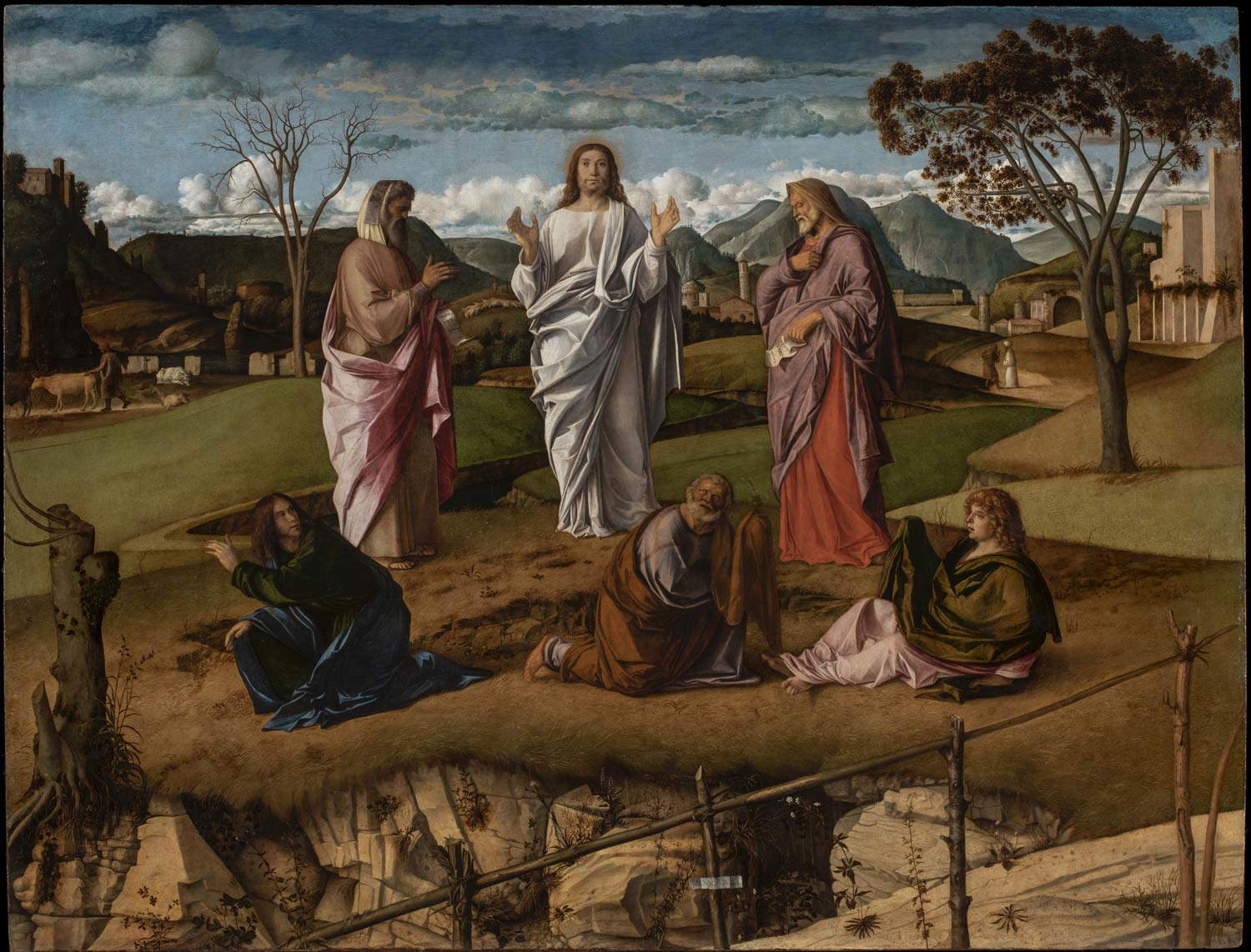
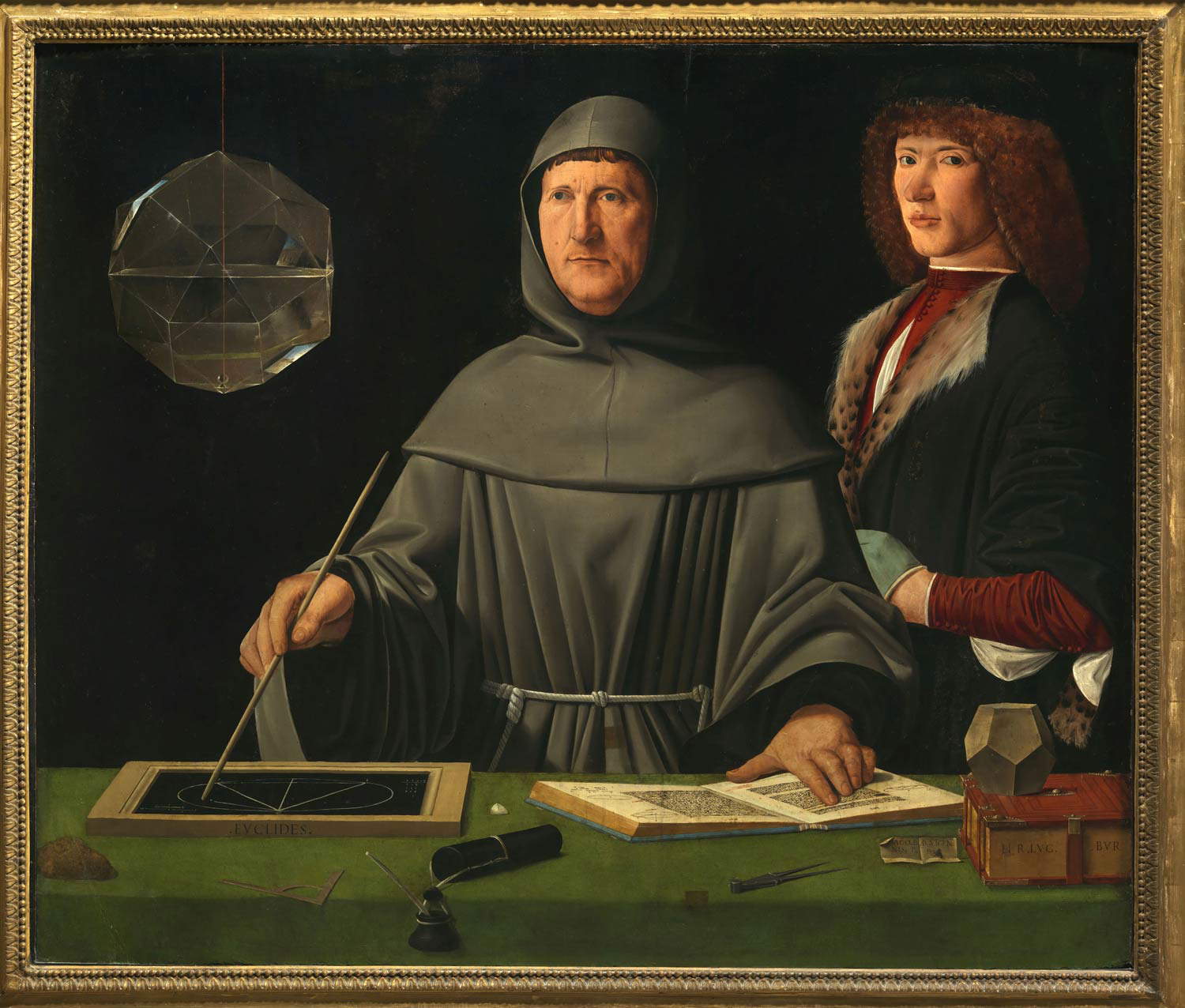
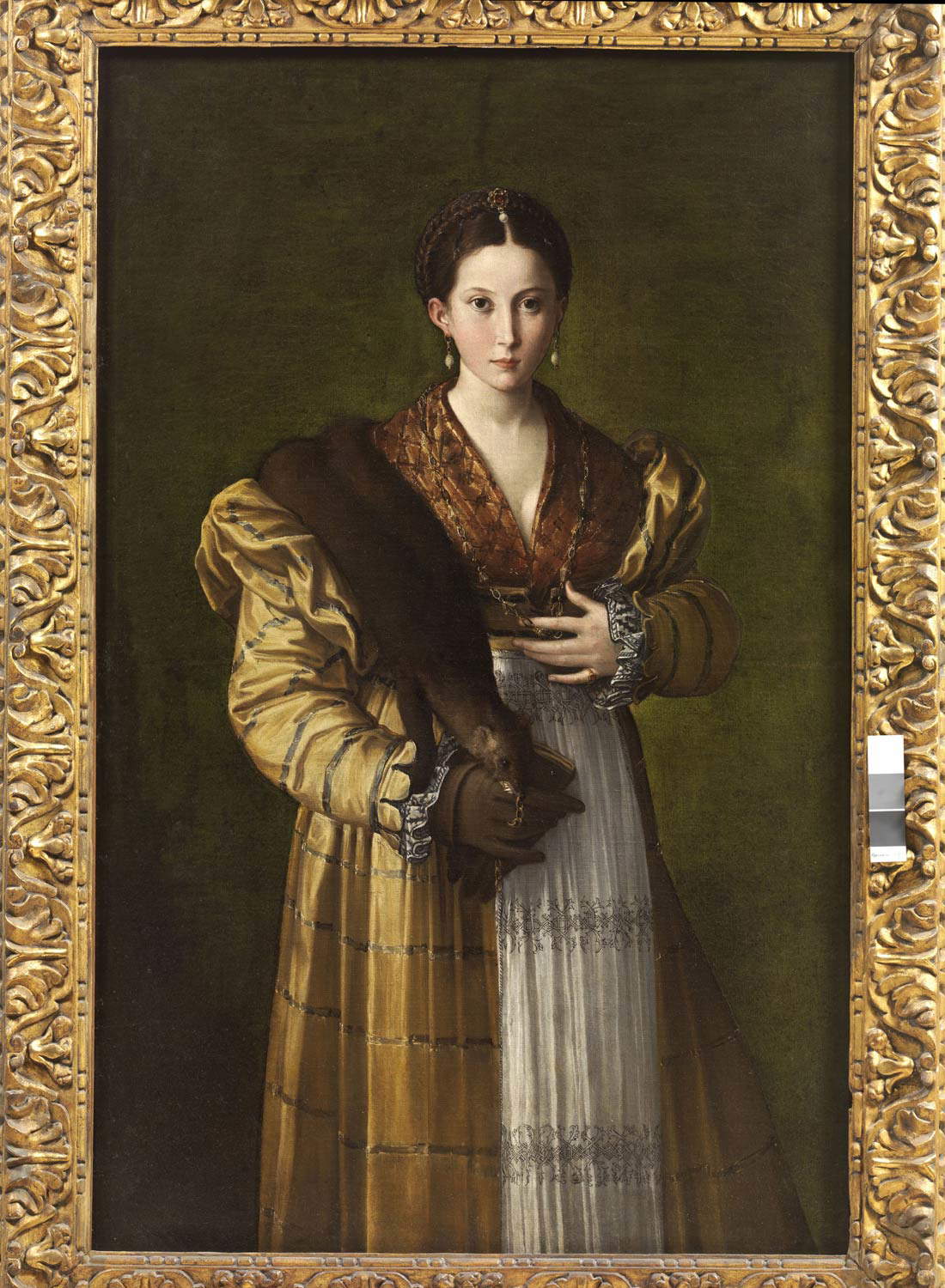
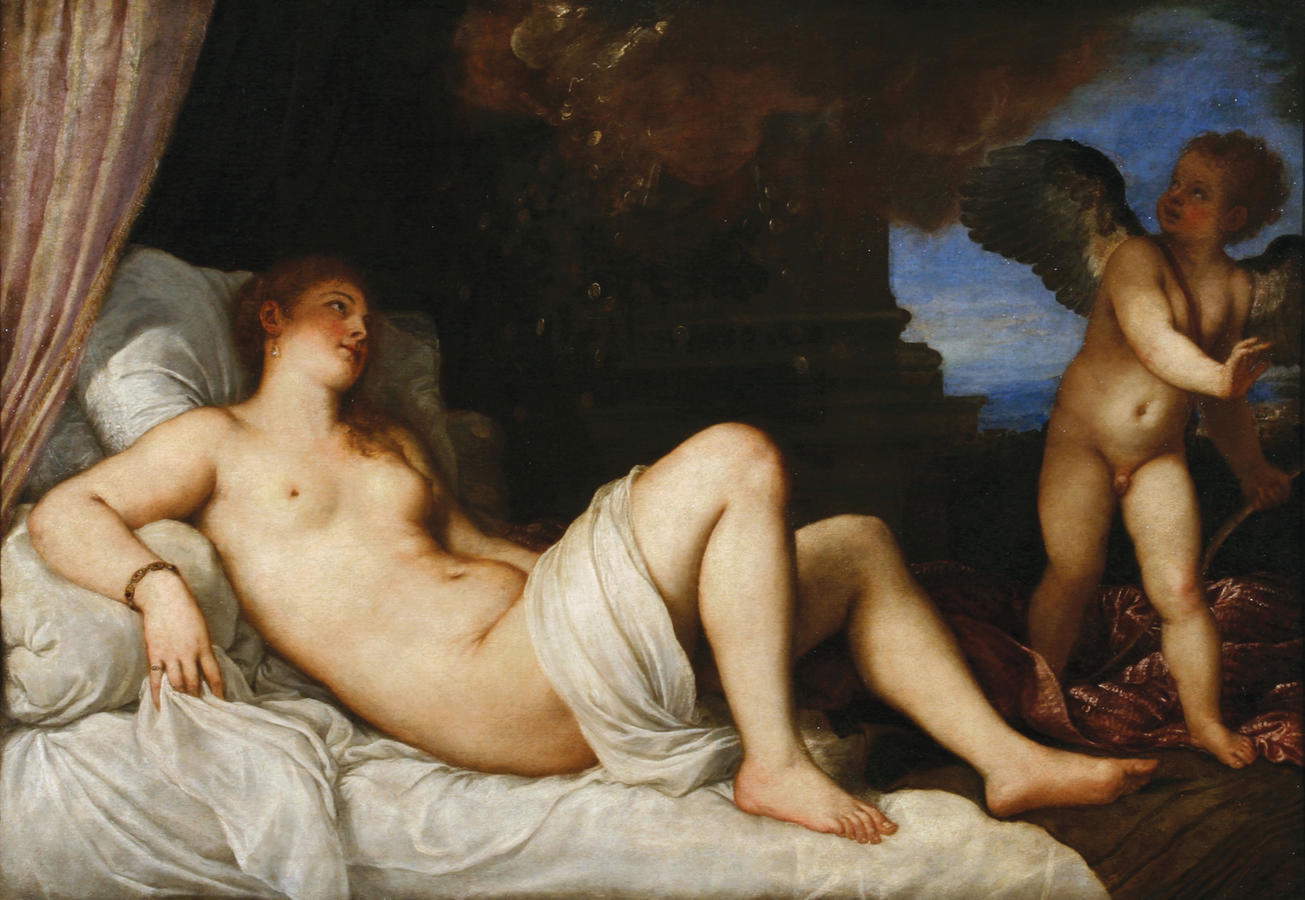
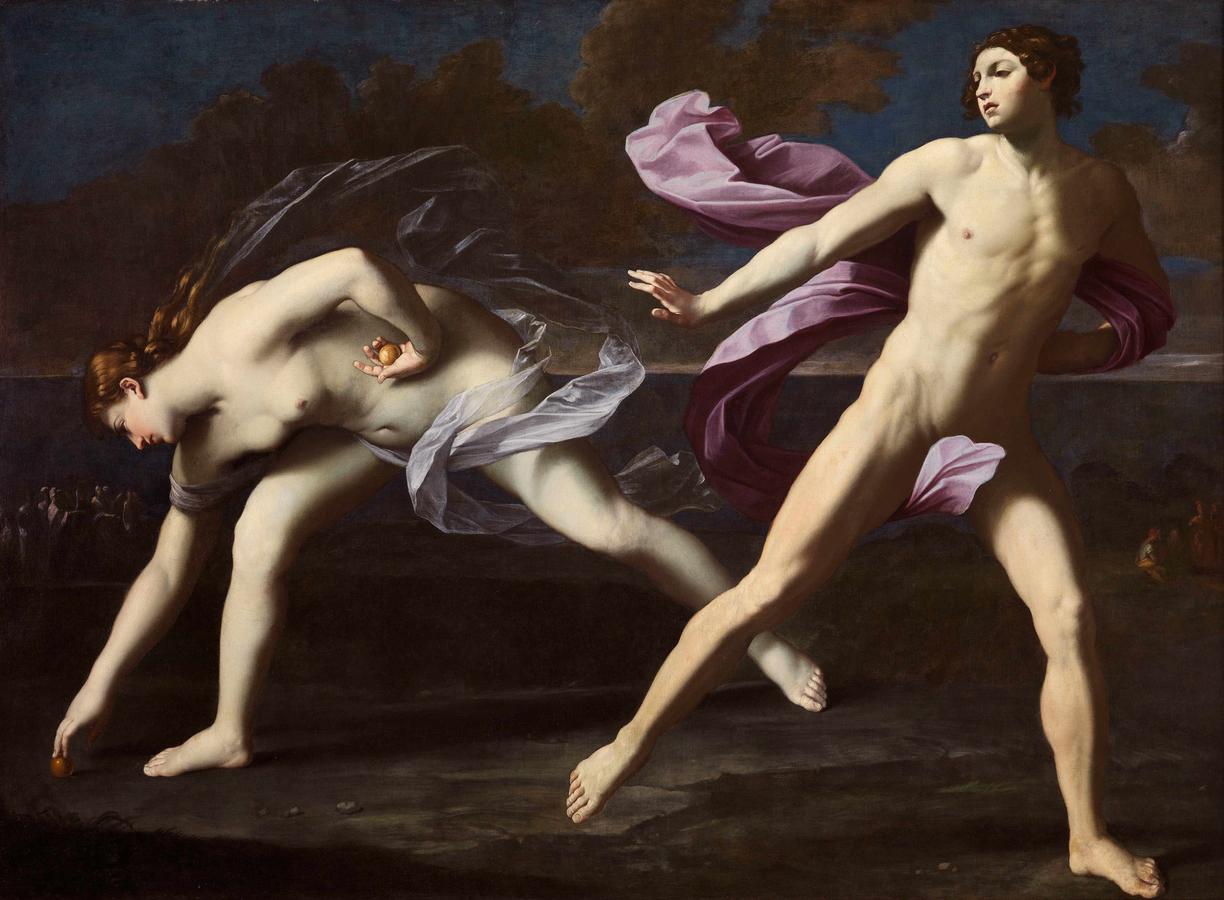
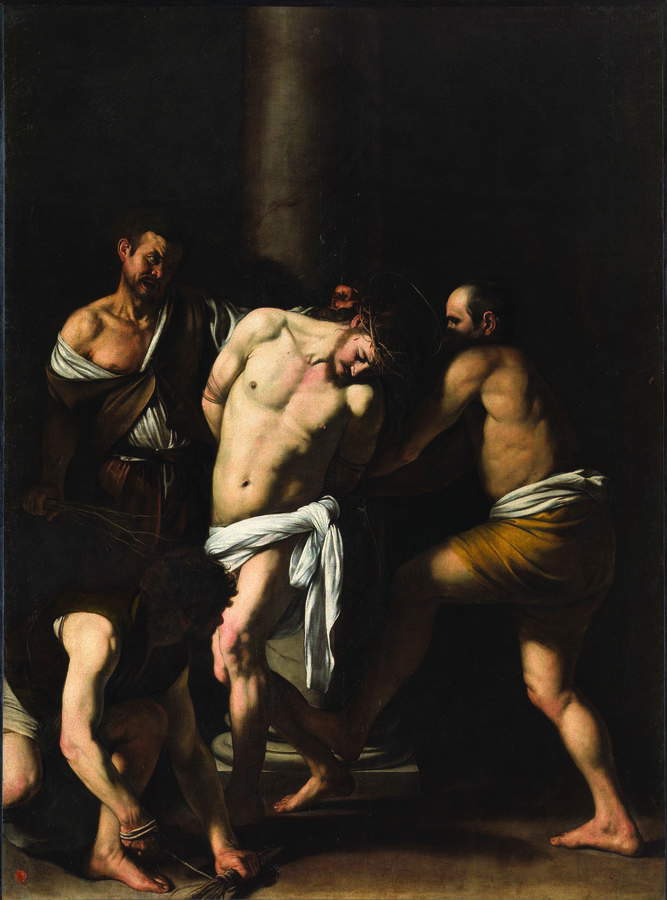
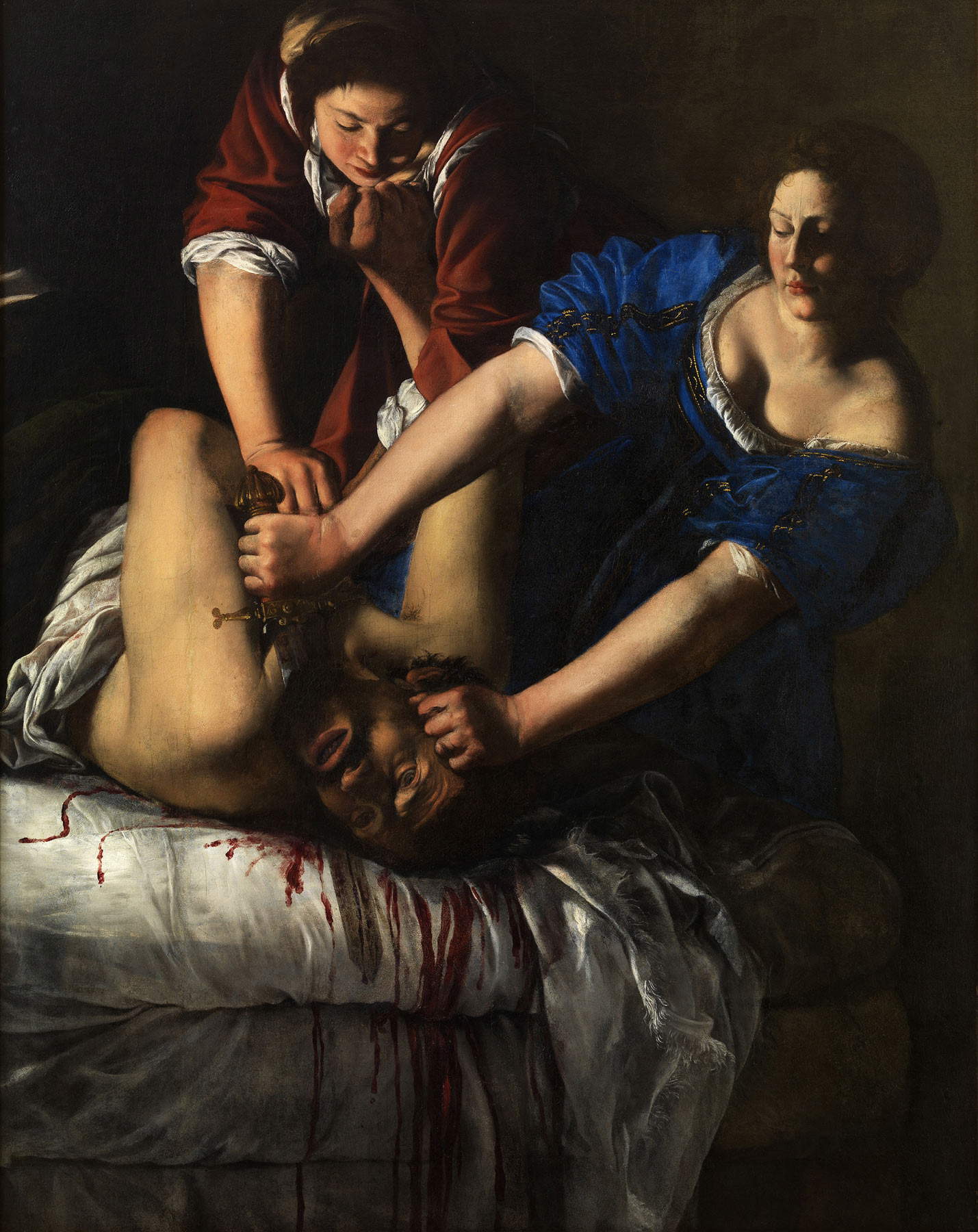
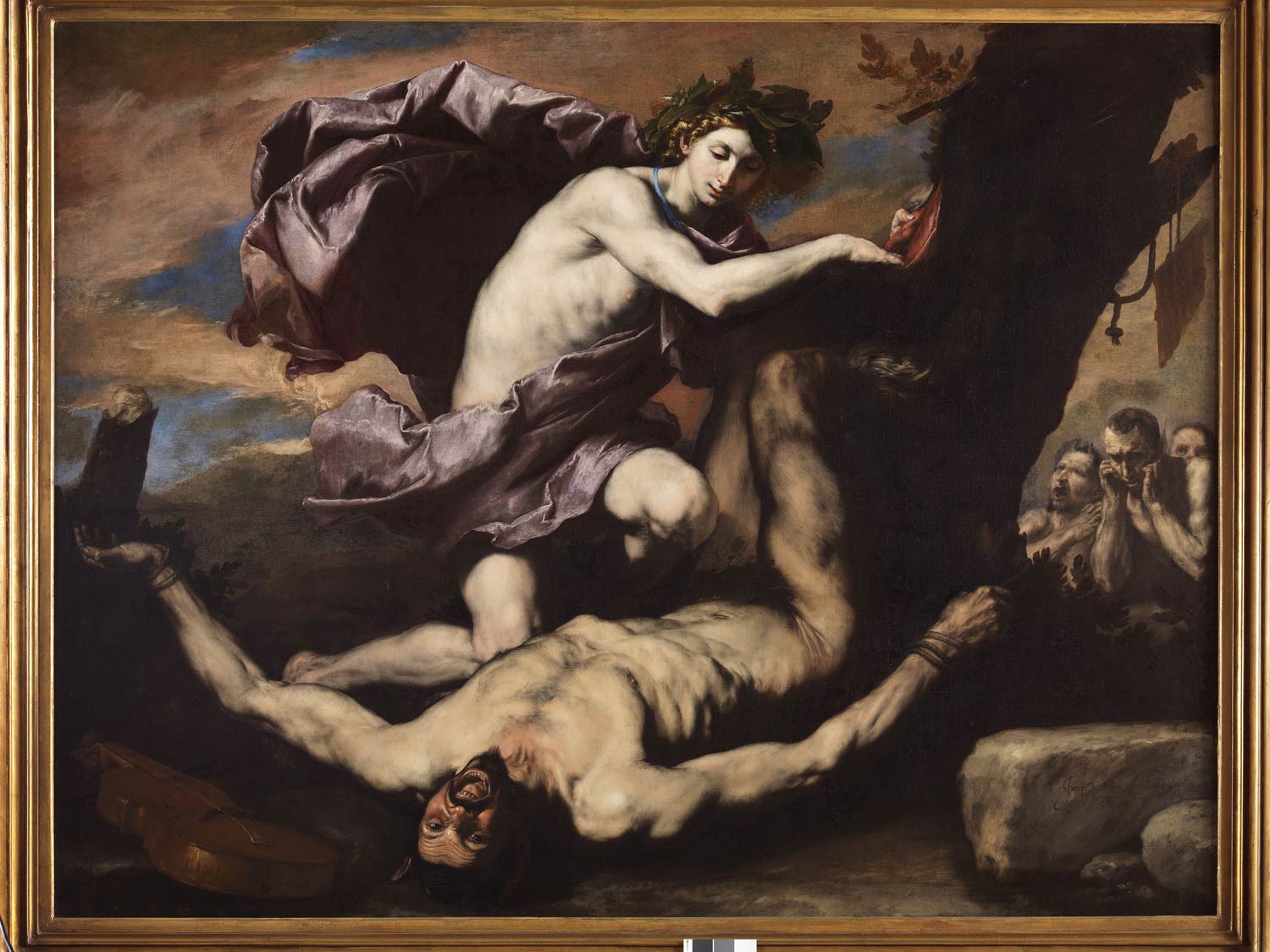
Initially it seemed that the loan of such a valuable nucleus of key works was a way to get the museum a little attention during the renovations announced last year (director Sylvain Bellenger himself had anticipated this), and that it seemed they would have to close the rooms affected by the interventions. Then, last January, the museum let it be known that the rooms would not close. Bellenger was perhaps hoping to give the Neapolitans a gift by leaving open the halls that were rumored not to be open to visitors: in fact, now there is not even the slightest foothold for such a heavy loan to the Louvre, where the Capodimonte masterpieces will be on display for a full six months in a row, from June 7 to January 8, 2024.
It is a meaningless loan for so many reasons, especially in light of the fact that Capodimonte will not close during the works. One could start with Bellenger’s own statements, who, in announcing the partnership with the Louvre, declared with some pride that it is “the first time in history that a museum celebrates another gallery and not a single artist with an exhibition.” Even if this were true (just in December, a similar operation was organized in Buenos Aires by the National Archaeological Museum of Taranto, with the exhibition Tesoros del Museo Arqueólogico Nacional de Taranto: and as the same ministerial communiqué titled it, it was a review on the museum), it is not clear why, if an exhibition on Capodimonte really needs to be set up elsewhere, it has to be done by bringing all the best there, leaving the rooms in Naples practically empty.
Perhaps Bellenger thinks he is enhancing his museum by lending about sixty pearls that will inevitably be smothered by the Louvre’s collections (literally: in fact, they will not have a dedicated section, but will be watered down in the midst of the Louvre’s works, under the pretext of “dialogue,” at different rooms of the museum, including the Grande Galerie, the one that most of the public runs through almost in a hurry anxious to see the Mona Lisa), but in reality it seems more like he is exposing it to a meager figure. First, because he is impoverishing his museum by making it less attractive: who will feel like visiting the museum during these six months, knowing that it will lack most of the works for which one goes to Capodimonte? And who, on the other hand, will visit it, what concept will they have of the museum’s management when they learn that its director has sent the best-known works to the Louvre, especially since the rooms will not be closed? But even if they were: what was the problem with finding suitable venues in Naples to accommodate them? It is unthinkable that the city lacks suitable spaces, not least because it was the museum itself that had let it be known that exhibitions would also be held in the city during the closure (later averted). Second, because it is assuming a subordinate position in the power relations with the French museum: we will only be able to recreate ourselves if the Louvre is equally generous and offers an identical number of equally fundamental works within its own collections and equally attractive to the public. But it is hard to imagine seeing in Capodimonte, say, the Mona Lisa, Caravaggio’s Death of the Virgin , Raphael’s Belle Jardiniè ;re, Veronese’s Wedding at Cana , Giotto’s Stigmata of St. Francis , all together in one send.
Indeed, we do not know what the quid pro quo will be: we do not know if Capodimonte will host an exhibition with the Louvre’s masterpieces (which would make little sense anyway: what scientific reasons would support such a possible huge exchange of masterpieces between the two museums?), nor do we know if the Parisian museum in return has offered resources or other kind of adjustment to obtain such an impressive amount of masterpieces on loan. And this lack of transparency for such a transaction is unacceptable, at least for a museum that wants to appear serious. For now, we only know from a communiqué from the Ministry of Culture that on the sidelines of the loan negotiations are underway for the return of some archaeological artifacts that were stolen and illegally exported from Italy abroad and ended up in the Louvre’s collection. The exhibition would thus take on the contours of a diplomatic move (which indeed it seems to be, beyond the proclamations about “dialogues,” “discoveries,” “sharing,” and so on): but are the proportions correct?
Finally, Bellenger hopes, in statements accompanying the exhibition, to have the National Museum of Capodimonte “discovered by a wider public.” The director, in this sense, is absolutely right: such an operation serves to make the museum known in the world, but one that continues to collect indecent figures in relation to its importance: it is true that since 2014, visitors, following a trend that has affected almost all autonomous museums, have recorded double-digit increases (from 144,000 in 2014 to 252,000 in 2019), but these are exceptionally low numbers for a collection that can be compared in terms of relevance and density of masterpieces to that of the Uffizi or that of the Pinacoteca di Brera. However, one must ask oneself whether in the face of such a goal it is worthwhile to deplete the museum so immoderately.
Indeed, one does not question the idea of having Capodimonte’s works rotate while part of the museum is impassable due to rearrangement works. On the contrary, it is desirable that the public can continue to see the works, which would have been moved anyway: you cannot do the works in the halls with the works inside, so you might as well display them. If anything, the idea of sending the block of major masterpieces all together to a single destination, far from the territory, is discussed. The best comparable recent example is that of the “move” of the Sabauda Gallery, which in 2012 initiated the work of relocating it from the Palace of the Academy of Sciences (the historic location that had housed the collection since 1865) to the Manica Nuova of the Royal Palace, where it is located today. It took two years to complete the work, but no one dreamed of sending all the major works of the Sabauda to the Louvre on duty: from April 2012 to January 2013 a major exhibition, The King’s Paintings, displayed two selections from the gallery at the Royal Palace and the Reggia di Venaria. Subsequently, the superintendency’s storerooms in Moncalieri were opened to the public so that Piedmontese could continue to see the works while they were being moved. The same happened in September 2013 with the Sabauda Gallery depot. Finally, in May 2014, the exhibition project La Sabauda on tour through the cities was organized: fifty of the Sabauda’s best-known works were exhibited in different venues in Turin (Palazzo di Città, Palazzo Reale, Royal Armory, Palazzo Carignano, and Villa della Regina) and in Piedmont (Alba, Alessandria, Asti, Biella, Casale Monferrato, Cuneo, Domodossola, Ivrea, Novara, Saluzzo, Varallo, Verbania, and Vercelli), in a palimpsest of eighteen exhibitions. A real and useful work of valorization done directly in the territory, which could be replicated in Naples as well. The problem is that for now Bellenger has chosen the path of least refinement: that of temporarily moving the heart of the collection to France.
Warning: the translation into English of the original Italian article was created using automatic tools. We undertake to review all articles, but we do not guarantee the total absence of inaccuracies in the translation due to the program. You can find the original by clicking on the ITA button. If you find any mistake,please contact us.